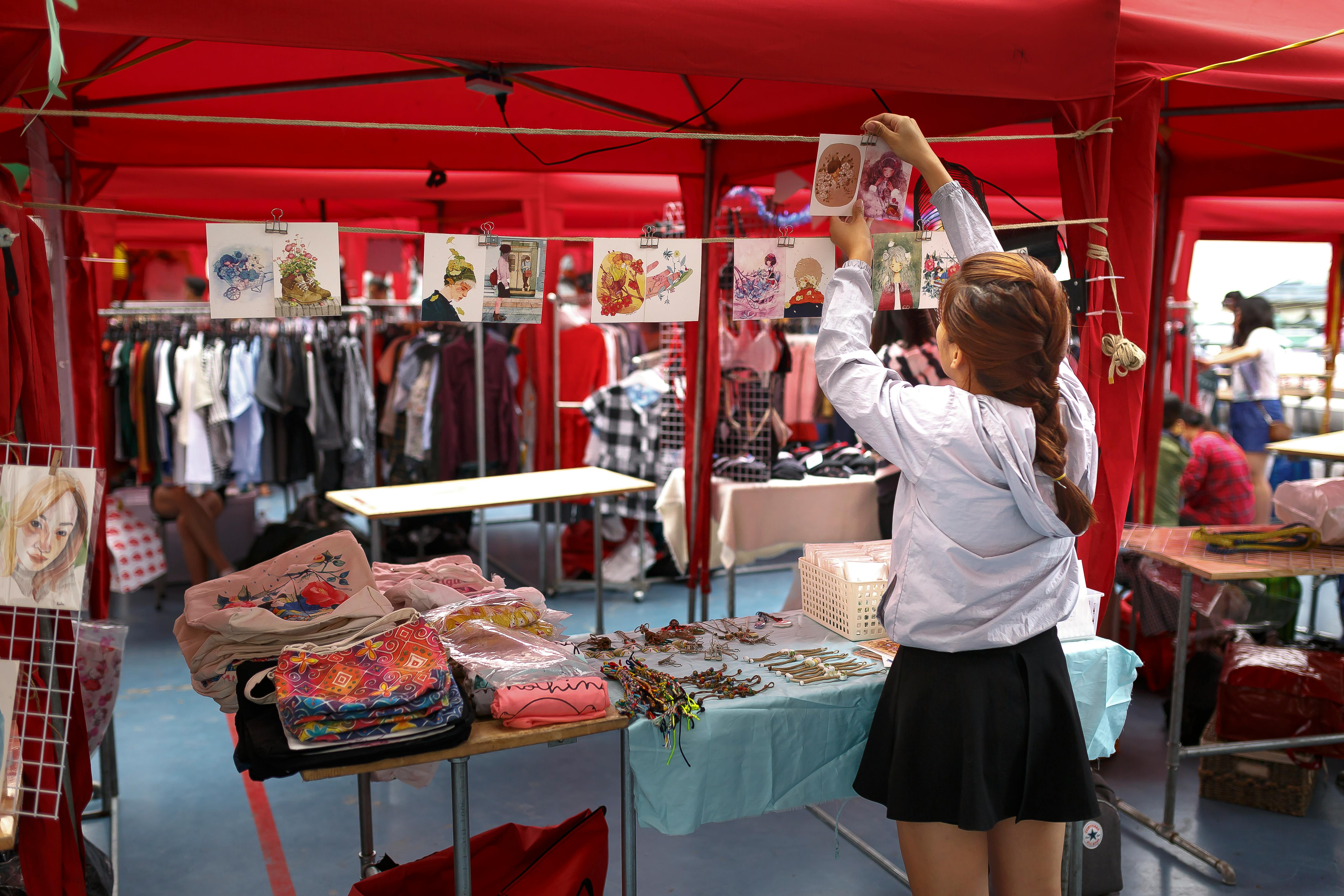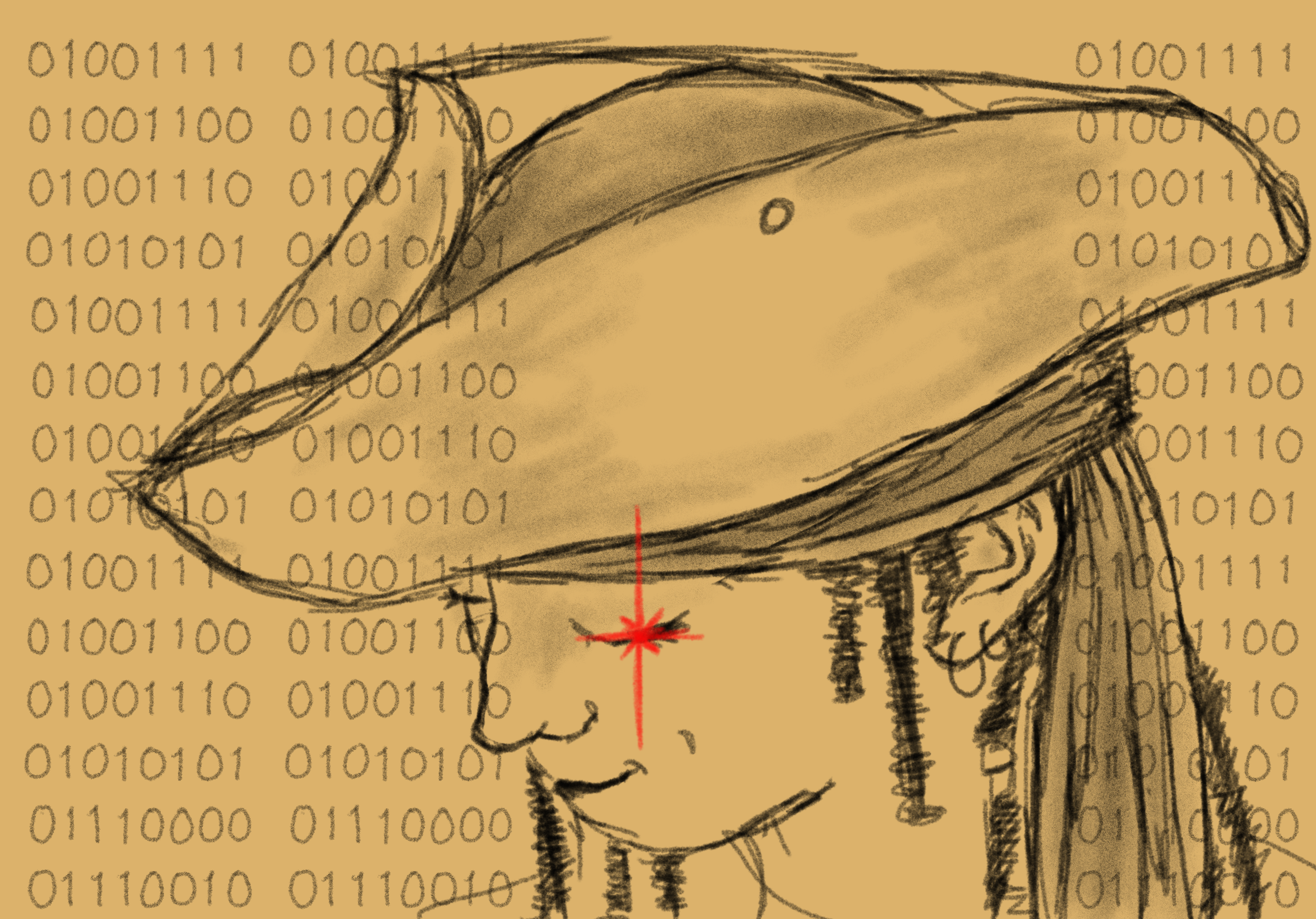
You might be brand-new to job hunting, or maybe you’ve been on more interviews than you can count. Whatever your situation, everyone needs to learn how to properly prepare for an interview to give themselves the best chance of success. To help you get a leg up, we’ve come up with a student’s introduction to professional dress. Follow these guidelines, and you’ll always look prepared for your interview, no matter where it is.
Smart Casual
Plenty of industries have become more casual nowadays, so a company may invite you to an interview with a “smart casual” dress code. This is an excuse to wear your comfiest clothing or let your hair down. Instead, try to wear clothes that are slightly more stylish than what you’d typically wear and that make you look put together.
- Men: khakis, a polo, a button-down shirt, dress shoes or non-flashy sneakers, a belt
- Women: a blouse, a skirt, heels or flats, a blazer, a reserved dress
Business Casual
Business casual has slightly stricter requirements for you can and can’t wear. Above all else, this is attire to do business in, meaning that it needs to be clean and simple. You don’t need to go all-out for business casual dress, but it needs to look like you put some thought into your clothing.
- Men: trousers or slacks, dress shoes, a button-down shirt, optional tie or sport coat
- Women: a blouse, trousers, a pencil skirt, a button-down shirt, flats or heels, simple jewelry
Business Professional
A student’s introduction to professional dress wouldn’t be complete without business professional attire. This dress code is for working in industries like finance and accounting that have a more traditional culture. Business professional is quite a jump from business casual, so always dress more formally than you think you need to, just to be safe.
- Men: a dark-colored suit with tie, no shirts or ties with loud patterns, oxfords or loafers
- Women: a simple dress, skirt, or slacks, a blouse with blazer, heels (less than three inches) or loafers, minimal jewelry
Business Formal
You won’t hear the phrase “business formal” a lot, but when you do, you must get it right. Business formal clothing is only really appropriate for professional events such as galas, award ceremonies, charity benefits, or special dinners. It shares similarities with the “black-tie” dress code, although both men and women should dress more conservatively to maintain professionalism.
- Men: a black suit with a tie, a light-colored button-down shirt, oxfords or loafers, no patterns
- Women: a dark pantsuit or long evening dress, heels or formal flats, minimal jewelry




